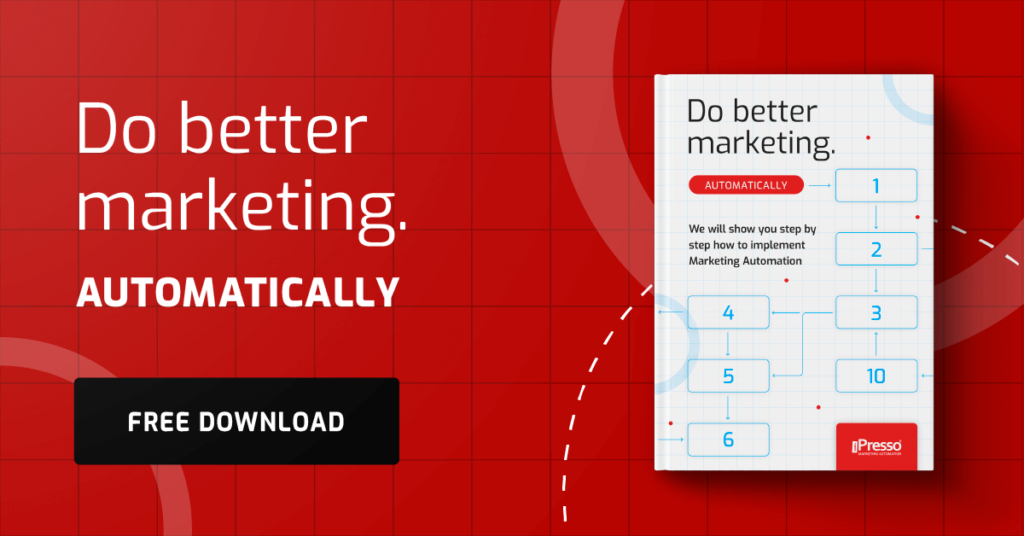Marketing Automation as the “Brain” for Your Headless Commerce. How to Create Consistent Customer Communication?

Headless Commerce is a key concept for building unique and flexible shopping experiences. However, this technological freedom brings significant challenges for marketing departments. How do you create consistent, personalized communication with a customer when data about their behavior is scattered across multiple platforms?
What is Headless Commerce?
To understand this, we must first separate the two elements of an online store:
- Front-end (The Head): This is the visual layer – what the customer sees and interacts with (website, mobile application, virtual fitting room).
- Back-end (The Body/Engine): This is the business logic – warehouse, pricing, product inventory levels, order fulfillment process.
In traditional e-commerce, both layers are inseparably connected. It’s like a TV with a built-in DVD player.
Headless Commerce works differently. It’s like a modern projector (back-end) to which you can connect anything you want: a laptop, a console, a smartphone, a smart watch (various front-ends). The presentation layer (front-end, or “the head”) is completely separate and can be freely modified or added to.
What Marketing Problem Does Headless Create?
While this technological flexibility is a huge advantage, it poses a serious challenge for marketers. Since we have many “heads” (app, website, kiosk), customer data naturally becomes scattered.
Imagine a customer: Someone browses products in a mobile app, adds them to the cart on a laptop at work, and then, two days later, finalizes the order in a physical store via a salesperson’s tablet.
For a traditional, disconnected e-commerce system, these are three different, anonymous interactions.
The Problem: How can you conduct consistent communication and personalization, how can you send the correct cart abandonment email, if the system doesn’t know that Anna on the app and Anna on the website are the same person? This is where the risk of losing control over the personalized customer experience arises.
The Solution: Marketing Automation as the Central Brain
This is where the Marketing Automation platform steps in, becoming the central nervous system for the entire headless ecosystem. Its job is to connect all the “heads” and create a consistent intelligence that understands customer behavior, regardless of the channel.
1. Data Collection (API)
Regardless of whether the customer is on the website, in the mobile app, or using a kiosk, a special tracking code (via API) sends data about their behavior to one, central repository – the Marketing Automation platform. This data may include information such as: “viewed product X”, “added product Y to cart”, “watched promotional video Z”.
2. Creating a Single 360° Customer Profile
The platform uses identifiers (e.g., email address, unique customer ID) to link all this data into one, complete profile. The system gains certainty that Anna on the phone app and Anna on the website via a laptop are the same person, valuable to us. Thanks to this, your communication becomes consistent and accurate.
How Does It Work in Practice?
The proper use of Marketing Automation in a headless architecture turns scattered data into personalized experiences.
Example 1: Abandoned Cart
- Customer Action: The customer adds a product to the cart in the mobile app but leaves without purchasing.
- Reaction: Marketing Automation recognizes the abandonment (thanks to data from the app) and sends them an email reminder with a free shipping offer an hour later.
Example 2: On-Site Personalization
- Customer Action: The customer recently viewed only running shoes on their phone.
- Reaction: The next day, the customer visits the store’s homepage on their laptop. Marketing Automation immediately transmits information about their interests to the website (via API), and the website displays a banner with the new collection of running shoes, instead of a general promotion on winter jackets.
Example 3: Push Notifications
- Customer Action: The customer frequently buys coffee of a specific brand and has the app installed.
- Reaction: As soon as that brand’s coffee goes on sale, the system automatically sends them a personalized push notification in the app: “Hey, your favorite coffee is 20% off right now! Only until tomorrow.”
Summary
Headless Commerce is the foundation of modern e-commerce, offering enormous freedom in creating various brand touchpoints. However, this flexibility can lead to informational chaos.
Only in combination with a powerful Marketing Automation system, serving as the central „brain”, does the headless architecture become a true personalization machine. Marketing Automation collects scattered data, creates a complete 360° profile, and ensures a consistent customer experience, regardless of whether they use the app, website, or another channel. This guarantees that your communication is always accurate, which directly translates into increased conversion and loyalty.
Ready for Marketing Automation to become the brain of your e-commerce? Fill out the brief, and we will prepare an offer tailored to the needs of your headless ecosystem.



